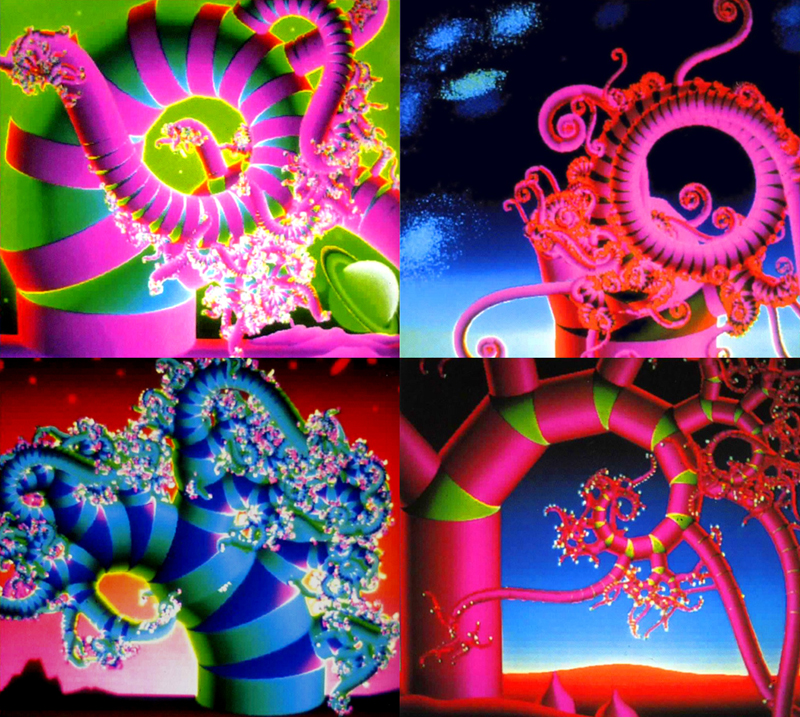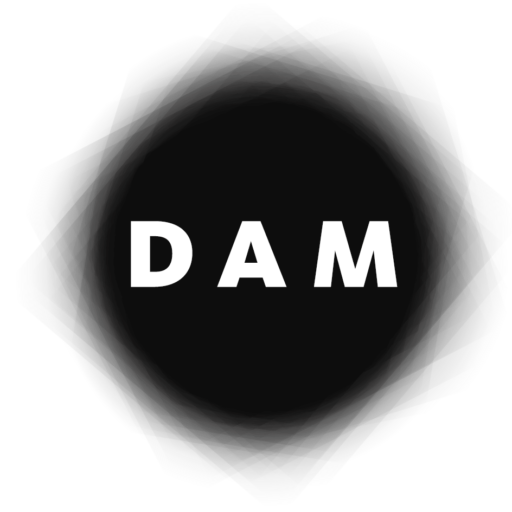
Yoichiro Kawaguchi is the first artist to build three-dimensional computer-generated images based exclusively on algorithms. His “growth model”, a self-organising algorithm that allows to create a 3D simulation of the growing of branches or cell divisions in natural organisms, gave him international recognition since its presentation in 1982. Since 1986 he has been involved in research work for High Definition TV (HDTV) and further developed 3D animation techniques.
Further reference:
compArt

Tanegashima (Japan), 1952
Yoichiro Kawaguchi graduated from Visual Communication Design at the Kyushu Institute of Design in 1976 and received his Master of Fine Arts from the Tokyo University of Education in 1978. He created his first computer images in 1975, but did not receive widespread recognition until 1982. That year he presented the paper “A Morphological Study of the Form of Nature” at the ACM SIGGRAPH conference, introducing his “growth model,” a self-organising algorithm that allows to create a 3D simulation of the growing of branches or cell divisions in natural organisms. The artworks created with this algorithm depicted organic forms in constant transformation that were widely acclaimed and became the distinctive elements of Kawaguchi’s work. From 1982 to 1983, he worked with Professor Koichi Omura at the University of Osaka, using a newly developed computer graphic system for rendering realistic images in creating Growth: Mysterious Galaxy (1983), a 5-minute animation sequence that was enthusiastically received at the ACM SIGGRAPH. The film achieved an unprecedented quality in the depth and texture of the images by introducing image rendering techniques that are now essential to 3D animation. Kawaguchi consistently took part at the ACM SIGGRAPH Art Show during the following twelve years, and also showed his work at the 42nd Venice Biennale in 1986 and the Japan Pavillion at EXPO’86 in Vancouver, as well as the Ars Electronica festival in Linz (1986 and 1991). Since 1986 he has been involved in research work for High Definition TV (HDTV) and further developed 3D animation, sometimes extending his creations to choreographed interactions with human dancers, as in Gemon Dance (2000). He was Associate Professor of Computer Graphics Art at the Nippon Electronics College, Tokyo, and also taught at the University of Tokyo until his retirement in 2018.
Kawaguchi has received numerous awards, such as the Most excellent animation and artistic merit at EUROGRAPHICS (Copenhagen, Denmark, 1984), First prize at PARIGRAPH (Paris, France, 1987), First Prize at Images du Futur (Montreal, Canada, 1987 and 1988), an Award of Distinction in the Computer Animation category of the Prix Ars Electronica (Linz, Austria, 1991), and the Gold Medal at the Tokyo Techno Forum (Tokyo, Japan, 1997), among others.

